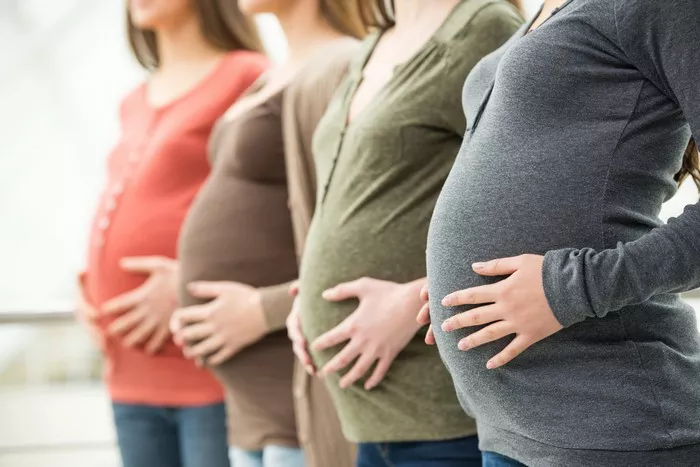Taipei, Feb. 17 (CNA) – Since the government introduced subsidies for in vitro fertilization (IVF) treatments in mid-2021, more than 21,000 couples have benefited, with 24,653 babies born through IVF by the end of 2024, according to data from the Health Promotion Administration (HPA).
The subsidies, which provide financial assistance of up to NT$150,000 (approximately US$4,580), have supported 21,514 couples in their pursuit of parenthood. The scheme has also seen a rise in successful IVF pregnancies, with the number of newborns from IVF treatments reaching 9,034 in 2024, a significant increase from 8,536 in 2023 and 7,083 in 2022.
Among the couples benefiting from the subsidies, 657 were able to have a second child, while four couples were granted approval to attempt having a third child. This data highlights the growing success of the IVF treatment subsidy program, which was revised in July 2021 to improve outcomes.
The revision of the program, which aimed to ensure healthier pregnancies and full-term births, included restrictions on the number of embryos that could be implanted during each cycle. As a result, 75.8% of the newborns born from IVF treatments were carried to full term (at least 37 weeks), marking an 11% increase from 2020. Additionally, 77.1% of babies were born weighing at least 2,500 grams, which was a 10.7% increase from previous years.
A key change in the scheme was the removal of income requirements for eligibility. Previously, only low-income couples could apply for financial assistance, but now, all couples, regardless of income, are eligible for the subsidy. Low-income families can receive up to NT$150,000 per treatment, with a maximum of six attempts per child. Couples in higher income brackets are eligible for up to NT$100,000 for the first treatment, with a cap of NT$600,000 across multiple attempts.
The subsidy covers 40-50% of the total IVF treatment costs, which can be a significant financial relief for couples. For women under 40, up to six IVF treatments are covered, while those aged 40-44 are limited to three attempts. The subsidy is available to women up to the age of 44 who are Taiwanese citizens and are married and registered with the household registration authorities.
The HPA’s Director General, Wu Chao-chun, encouraged couples to take advantage of their prime childbearing years, typically between the ages of 25 and 35. He also emphasized that couples who require IVF treatments can apply for the subsidy through 103 government-approved medical institutions.
This initiative continues to play a crucial role in supporting couples who struggle with infertility, contributing to Taiwan’s efforts to address demographic challenges and promote healthier, more sustainable family growth.
Related topics:
Advancing Female Infertility Diagnosis with Multimodal HyCoSy and Negative Contrast Ultrasound

























